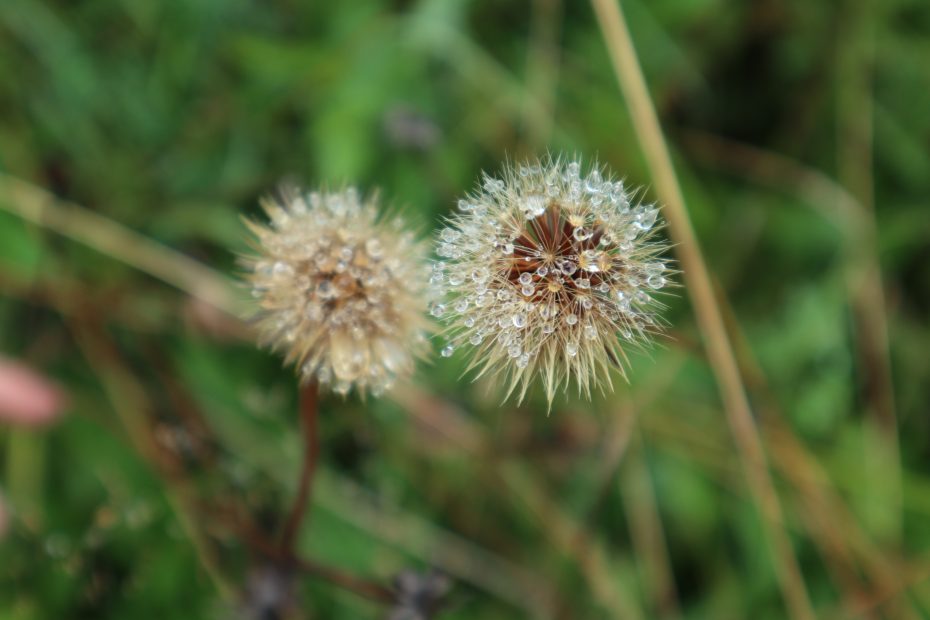Table of Contents
Introduction
Nestled in the picturesque western region of Ukraine lies the magnificent Carpathian Mountains. Forming a massive arc across Central and Eastern Europe, the Carpathians stretch across Ukraine’s borders with Romania and Slovakia. This enchanting mountain range has a long history dating back to the Paleozoic era, providing a haven for diverse plants and wildlife. With its rolling green hills, thick forests, and quaint villages, the Ukrainian Carpathians await outdoor enthusiasts and culture seekers alike.
Getting There
The Carpathians occupy the historic regions of Galicia and Bukovina in western Ukraine. Major cities like Lviv and Ivano-Frankivsk serve as excellent gateway points to the mountains. Most international travelers fly into one of Ukraine’s major airports and then make the journey further west. For those already in Europe, taking the train from locations like Krakow or Bucharest leads directly into the Carpathians as well. Renting a car is also highly recommended for exploring the region’s winding backroads and scenic viewpoints.
Top Attractions and Activities
Hiking
Without a doubt, hiking the Carpathians is a highlight. Trails wind through green valleys and forests, up rugged ridgelines, and to the top of Ukraine’s highest peak, Mt. Hoverla, at over 6,500 ft (2,000 m). Challenging multi-day hikes like climbing Mt. Hoverla offer stunning views as a reward. For easier walks, routes like the trail around Synevyr Lake provide a nice day hike. Staying overnight in remote mountain huts adds to the adventure.
Skiing
While not as famous as the Alps, the Carpathians boast excellent skiing and snowboarding opportunities. Major resorts around the region include Bukovel and Slavske Ski, with quality infrastructure at affordable prices compared to many spots in Europe. Deep powder, varied terrain, and charming mountain towns make the Ukrainian Carpathians a hidden gem for winter sports.
Rural Villages
Scattered across the Carpathians are traditional mountain villages where time seems to stand still. Places like Kosiv, Yaremche, and Vorokhta provide glimpses into local culture and architecture. Many villages have markets selling artisanal wares, shops filled with handmade woolen goods, and restaurants serving up hearty Ukrainian cuisine. It’s worth spending time hopping between villages.
Waterfalls and Lakes
From powerful plunging waterfalls to crystalline alpine lakes, the Carpathians have wonderful diversity when it comes to bodies of water. Multiday hikes often lead to remote waterfalls like Probiy Falls or the towering Shypit Waterfall. For still waters, Synevyr Lake is known as the “Pearl of the Carpathians” for its scenic beaches in the forests. There are opportunities for swimming, boating, and fishing as well across the region’s waters.
Wildlife
The Carpathian Mountains are home to an array of wildlife, especially large mammals and avian species. Deep forests in the range shelter populations of brown bears, wolves, Eurasian lynx, and more. Birdwatching is also popular, with woodpeckers, owls, grouse, and birds of prey soaring over the mountain landscape. At Askania Nova, visitors can observe herds of wild Przewalski’s horses grazing the grassy steppes in their only natural habitat left in the world.
Accommodations
From hotels in the main villages to remote mountain huts, the Carpathians offer a good range of accommodation options. In major towns, mid-range and budget hotels cater to most tastes and budgets. For a true mountain experience, consider staying in basic wooden huts while out on multi-day hikes. These huts usually have beds, heat, and meals available. Advance booking is recommended, especially during the busy summer hiking season and ski season in winter.
Safety Tips
While beautiful, the Carpathian Mountains also warrant caution and preparation. Weather can change rapidly, bringing rain, wind, fog, lightning and even snow during summer. Always carry proper gear, clothing, navigation tools, food, and first aid equipment. Staying on marked hiking paths is very important to avoid accidents or getting lost. It’s smart to hire local guides when attempting more challenging hikes and climbs. With sound preparation, the Carpathians offer thrilling adventures.
Conclusion
From the green rolling foothills to the highest rugged peaks, Ukraine’s Carpathian Mountains encapsulate incredible natural beauty and culture. This outdoor lover’s paradise entices with ancient forests, flowing waterfalls, quaint villages, and majestic vistas. With proper planning, the Carpathians provide an off-the-beaten-path destination in Europe filled with hiking, skiing, wildlife, and fresh mountain air. By sustaining local communities through tourism, travelers can help ensure these enchanting mountains endure for generations to come. They represent a hidden gem awaiting discovery.
Frequently Asked Questions
Q: What is the best time of year to visit the Carpathian Mountains?
A: The best times are late spring through early autumn for hiking and summer activities. Winter is popular for skiing and snowboarding. Late autumn and early spring can have difficult weather.
Q: What languages are spoken in the region?
A: Ukrainian is the main language. But many locals also speak Russian and Polish. English is less common outside major tourism areas. Knowing some key Ukrainian phrases is helpful.
Q: What is the currency used in western Ukraine?
A: The Ukrainian hryvnia is the official currency used throughout Ukraine. Cash is more widely accepted in rural parts of the Carpathians. ATMs are available in larger towns.
Q: Are visas required to visit Ukraine?
A: Many foreign nationals, including EU, UK, US, and Canadian citizens can enter Ukraine visa-free for tourism stays under 90 days. But always check current visa policies based on your nationality.
Q: What are some traditional foods to try in the Carpathians?
A: Savor staples like varenyky dumplings, borscht soup, halushki noodles, banosh porridge, trout, and potatoes. Don’t miss the delicious local cheeses as well!
